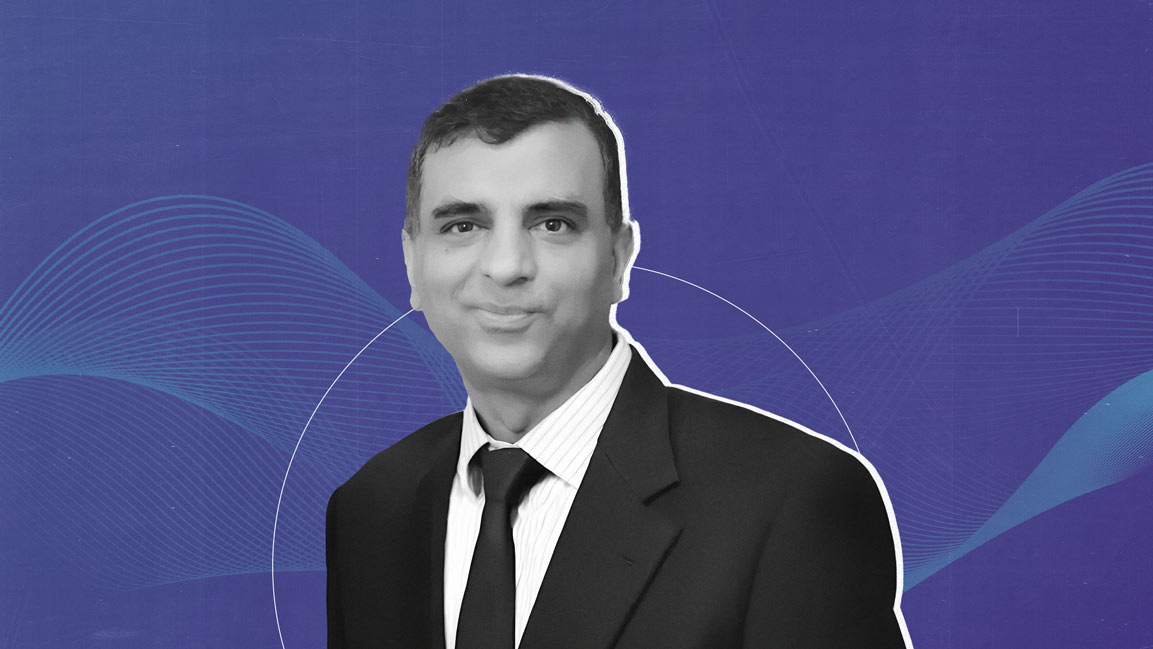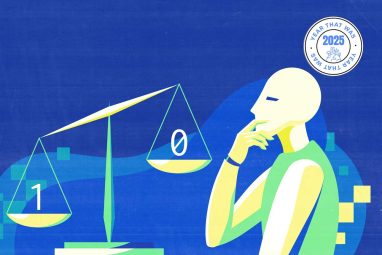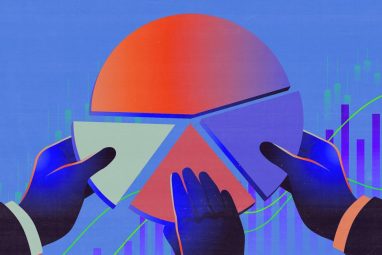Problem-Solving Should Be a Team Sport, with AI on the Roster
As complexity rises, upGrad Enterprise's Neeraj Gera says enterprises must treat problem-solving as a collective capability, where human empathy, structured thinking, and AI work in tandem.
News
- India Faces Lower Risk of AI Job Disruption Than the West, Says IT Secretary
- Tata Steel Discloses $1.6 Billion Dutch Class Action Over Emissions
- Nvidia Licenses Groq’s Inference Tech, Hires Leadership
- HCLTech Deepens Software Push With Three Acquisitions in a Week
- Isro Launches BlueBird Block 2 in Heaviest Commercial Mission Yet
- OpenAI Softens ChatGPT’s Tone While Scaling for an AI Showdown

As digital disruption reshapes how companies operate and compete, the learning mandate for leaders is shifting fast. Neeraj Gera, President of upGrad Enterprise, speaks to MIT Sloan Management Review India about why power skills matter as much as AI fluency, how enterprises can measure impact without perfect metrics, and what the future of corporate learning could look like when AI copilots meet human connection.
Edited excerpt:
As the pace of technological change accelerates, what are the most urgent capability gaps you’re observing within enterprises today, and how is upGrad tailoring its learning solutions to address these gaps?
The world is becoming increasingly complex—not just because of technological advancements, but also due to geopolitical shifts and evolving workforce dynamics, especially with Gen Z entering the workplace. At a macro level, the most critical capability gaps we see are in digital/AI, data, and power skills.
Power skills begin with leaders needing to be more adaptive and agile. Problem-solving today is inherently multidisciplinary, placing a premium on collaboration, empathy, and effective change management.
At upGrad, we’re seeing the highest demand across these three domains—AI, data, and power skills—as enterprises look to future-proof their workforce.
As upGrad strives to blend behavioral, digital, and AI-driven learning, can you share a specific example of how this multidimensional framework has helped an organization future-proof its workforce?
Absolutely. What’s striking is how much more seriously organizations are investing in upskilling and reskilling today compared to just a few years ago.
Take our award-winning First-Time Manager (FTM) program, for instance. It has been a flagship offering for years, but the version we run today is dramatically different from what it was three or five years ago.
Today’s FTM journey includes developing AI fluency and building awareness around ethical guardrails, equipping managers to lead diverse, hybrid, and multigenerational teams—especially Gen Z—and increasingly, engaging them in conversations around integrating AI agents into everyday workflows.
On the data and AI front, one of our most impactful programs targets mid-management. It’s not just about learning tools like Power BI or Tableau, but about shifting mindsets—understanding how storytelling with data radically improves decision-making. We focus on building the confidence to challenge intuition with evidence.
One of the areas I find most fascinating is the growing demand for a problem-solving and solution-oriented mindset. Today, this capability is deeply multidisciplinary. Solving complex challenges requires not just structured thinking, but real collaboration, empathy, and increasingly, the ability to work with AI as an integral problem-solving partner.
Having navigated both Fortune 500 giants and high-growth startups, what lessons from each world inform your leadership philosophy at upGrad when it comes to tailoring learning and development solutions?
Large corporates are all about structured scale. They play the long game, invest in systems, and value consistency and governance. High-growth startups, on the other hand, thrive on disruption, speed, and a different level of hustle. They’re opportunistic, constantly iterating, and deeply driven by founder passion, which feels very different from the executive mindset in a Fortune 500 company.
Having experienced both worlds, I’d like to think it gives me the ability to read the customer context more sharply and helps us tailor learning journeys that are not just relevant, but also realistic in their operating environments.
How should enterprises measure the success of their capability-building programs, especially amid rapid digital disruption?
This is the holy grail. And I’ll admit, there’s no one-size-fits-all answer. Capability building is certainly measurable, but sometimes the effort to measure it rigorously doesn’t justify the cost or complexity.
Take sales training. It can move the needle on revenue, but it’s rarely the sole contributor. The ideal approach is to design A/B experiments, but those aren’t always feasible.
What we do at upGrad is push our clients in two directions. First, we encourage them to anchor capability gaps in business imperatives. For instance, a “Hi-Impact Manager” program can be linked to the leadership pipeline and tracked through a reduction in external hiring. Similarly, a tech skilling program in IT services can be evaluated based on metrics like speed to billability or client interview clear rates.
Second, we help track observable behaviors as proxies for capability adoption. If a client is aiming to drive more innovation, we look for measurable changes—such as the number of ideas submitted, experiments conducted or failed, or an increase in cross-functional collaboration. Sometimes, it’s even visible in things like the CEO being pulled in more often to “referee” debates, which signals higher engagement.
Ultimately, the goal is to shift the conversation from activity to outcomes—even if that means working with directional metrics, not perfect ones.
Looking five years ahead, what technology advancements will most radically change how enterprise learning is designed and delivered?
Oh, I wish I had a crystal ball.
Today, we talk about bite-sized learning, learning in the flow of work, and the use of AR/VR and AI simulations to make learning more immersive and contextual.
In five years, I believe we’ll see far more advanced AI agents and copilots—deeply personalized, always-on, and embedded into how we work and learn, with enormous psychological support.
But here’s the catch: the design of these learning systems will still need smart humans—people who understand context, culture, and behavior. And just as tech gets more immersive, learners will crave human connection. At some stage, say five or seven years from now, we’ll see a resurgence of social and peer-to-peer learning models.
For enterprise leaders hesitant to overhaul their L&D strategies, what is the one piece of advice you would suggest to initiate organizational capability transformation?
Start with business imperatives—always.
Anchor the conversation in your biggest business challenges, and then work backwards to identify the talent implications. That naturally leads to spotting competency gaps, and more importantly, to asking: “If this gap were closed, what observable behaviors would change?”
Keep a smaller budget if you need L&D for employee engagement.




